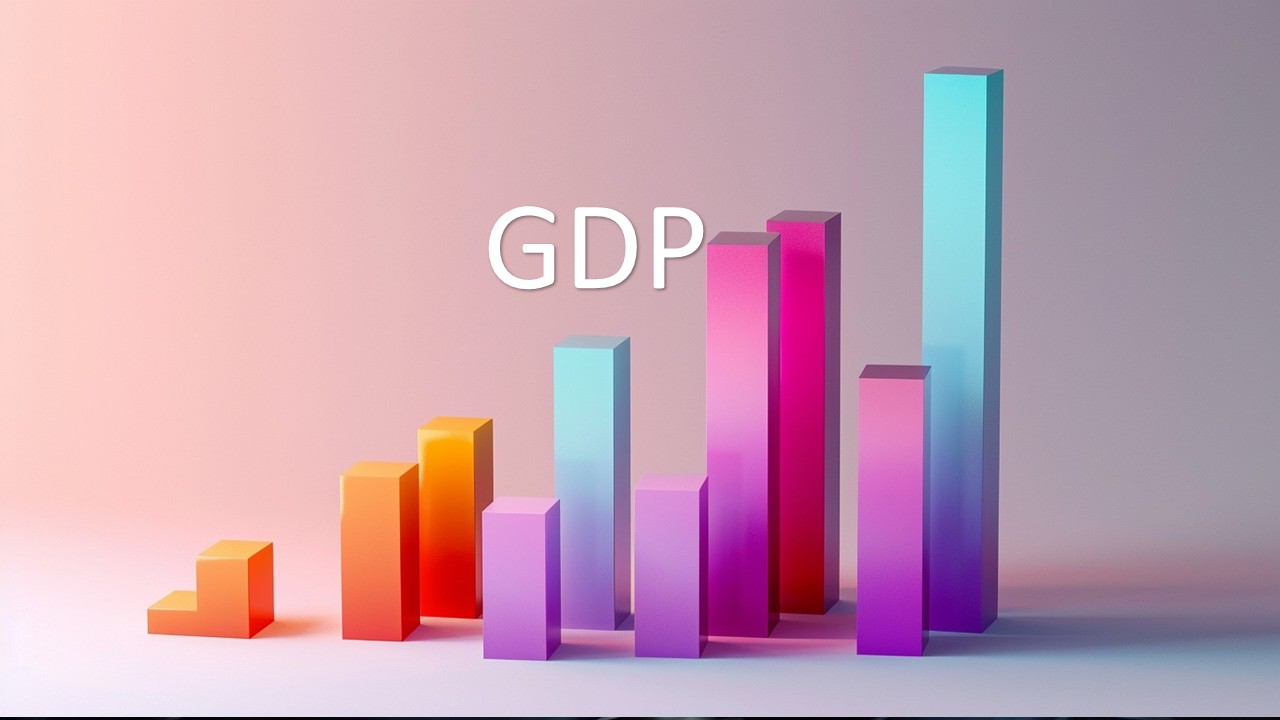
हिंदी में पढ़ने के लिए मेनू बार से हिंदी भाषा चयन करें।
Have you ever wondered why our country’s economy makes headlines? Do you know what GDP is and why it impacts our lives? Let’s take a fascinating journey to understand the importance of India’s GDP, its history, and how it affects all of us.
The Meaning and Importance of GDP
GDP stands for “Gross Domestic Product.” It is a measure of the overall economic activity of a country within a specific period. In simple terms, GDP represents the total value of goods and services produced in a country. It acts as a barometer to indicate the strength or weakness of a nation’s economy.
Beyond that, GDP is an essential tool that highlights the pace of development and the level of prosperity among people.
How is GDP Measured?
There are several methods to measure GDP:
- Production Approach: This adds the value of goods and services produced in each sector.
- Income Approach: This calculates the total income earned by people in the economy.
- Expenditure Approach: This measures the total expenditure, including consumption, investments, government spending, and net exports.
Using these methods, a figure is determined that reflects the economy’s state during a particular time period.
Types of GDP
To understand GDP, we must know its main types:
- Nominal GDP: This is based on market prices and includes inflation.
- Real GDP: This removes the effect of inflation, showing the actual economic growth.
Real GDP is a more accurate representation as it excludes price changes.
India’s GDP: A Historical Perspective
India’s GDP journey has been full of ups and downs. Let’s take a look:
- 1991: Economic reforms led to rapid GDP growth.
- 2000-2010: The IT and service sectors boosted GDP significantly.
- 2016-2020: Demonetization and GST had a temporary impact on GDP, but recovery followed gradually.
In the last four years, India’s GDP growth rate has been:
- 2019-20: 4.04% (Growth slowed before COVID-19)
- 2020-21: -7.3% (Decline due to the pandemic)
- 2021-22: 8.7% (Rebound after COVID)
- 2022-23: 6.1% (Steady growth)
- 2023-24: 6.3% (Current estimate indicates stable growth)
Impact of GDP Growth or Decline
Benefits of GDP Growth:
- Employment Opportunities: Higher GDP leads to job creation.
- Increased Prosperity: People’s income and purchasing power improve.
- Investment Opportunities: Domestic and foreign investors gain confidence.
- Better Government Programs: Increased revenue allows for more welfare schemes.
Drawbacks of GDP Decline:
- Unemployment: Fewer job opportunities.
- Economic Struggles: Reduced purchasing power among people.
- Reduced Investments: Decline in investor confidence.
What Drives GDP Growth?
- Infrastructure Development: Projects like roads, railways, and aviation boost GDP.
- Policy Reforms: Initiatives like GST and PLI schemes strengthen the economy.
- FDI and Domestic Investments: A favorable business environment enhances GDP.
- Service and IT Sectors: These are the largest contributors to India’s GDP today.
Reasons for GDP Decline:
- Global Recession: Impact of reduced global trade.
- Pandemics: Events like COVID-19 caused a significant decline.
- Policy Mishandling: Missteps in economic reforms can have adverse effects.
India’s Promising GDP Future
India’s GDP outlook is bright. According to IMF and World Bank, India remains the fastest-growing economy in the world. Programs like “Make in India,” “Digital India,” and “Startup India” will further propel GDP growth.
GDP is not just a number; it’s a reflection of India’s development and the lives of its people. When GDP grows, the nation prospers, and when it declines, everyone feels the impact. Over time, understanding GDP and its significance will help us appreciate its role in shaping the future of our country. After all, GDP is a mirror that reflects India’s growth story.




































































